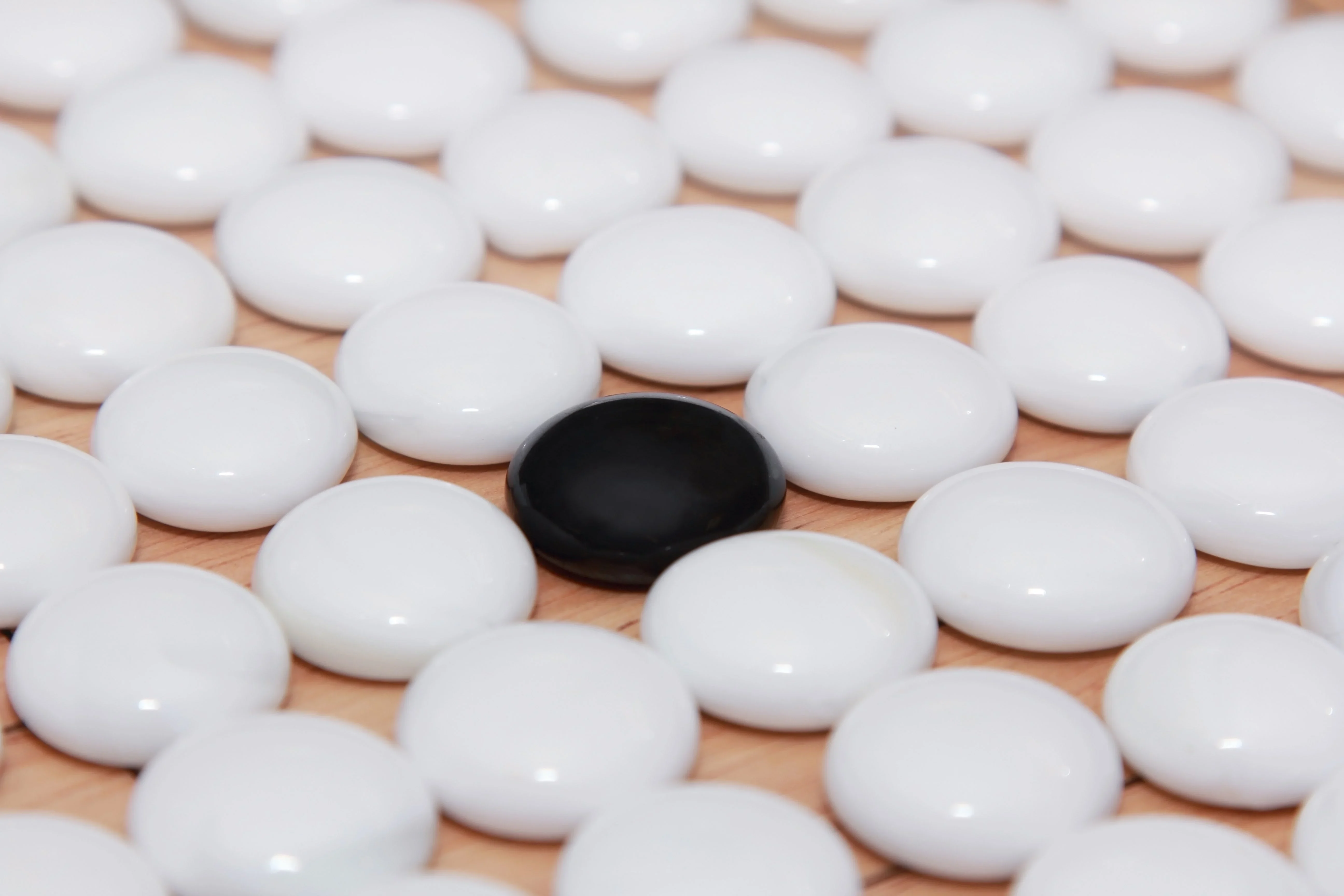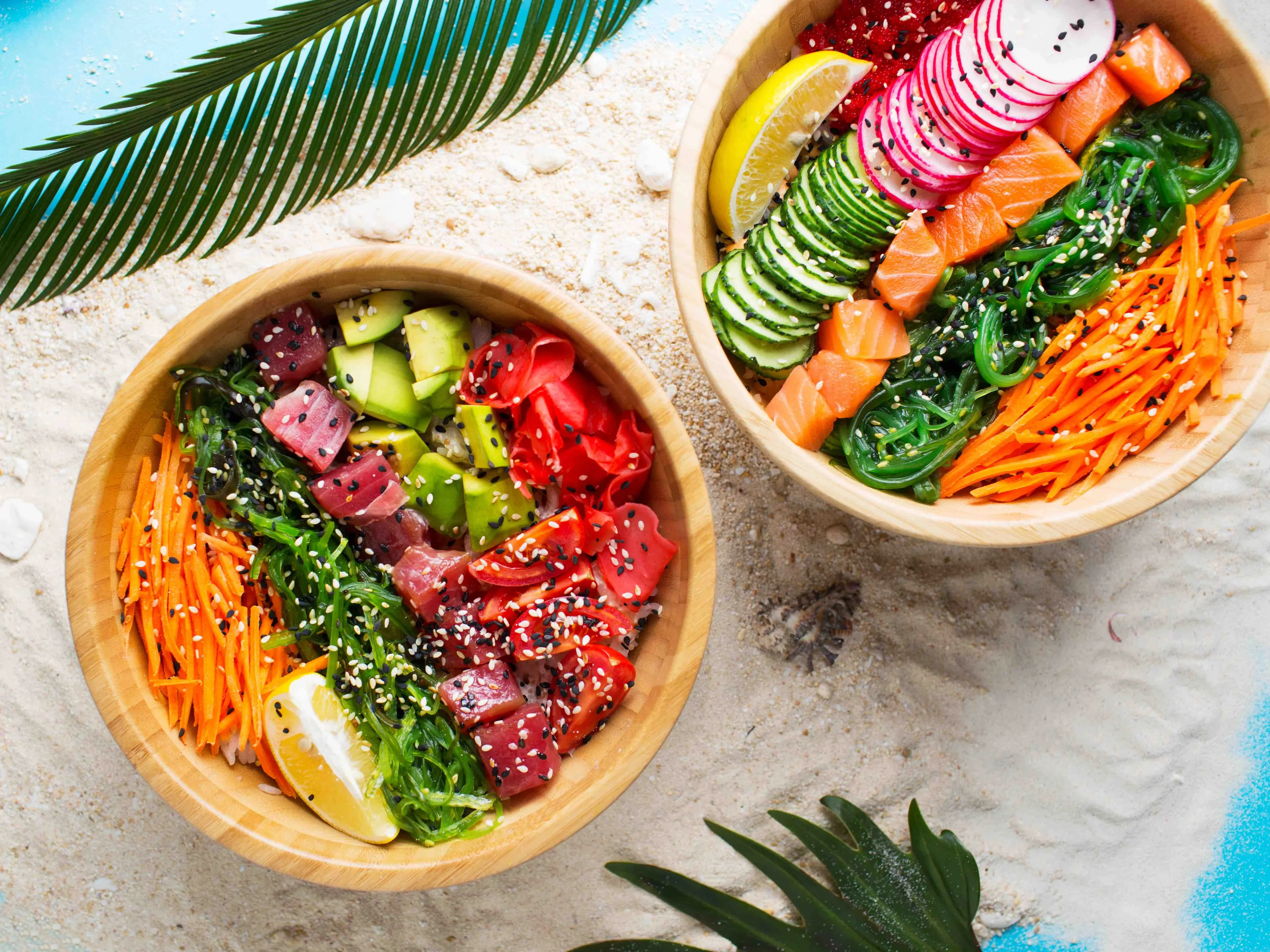
Your gut determines your skin type! Nutrition Doctor's Diet Tips for Developing Natural Skin
Previous articleWe explored the inseparable relationship between the "gut" and "skin" - the concept of the "gut-skin axis". An imbalance of intestinal flora, impaired barrier function, leaky gut, and endotoxins (LPS) produced by bad bacteria may all trigger a systemic inflammatory response, causing problems such as acne, sensitivity, dryness, dullness, and even accelerated aging.
After understanding the gut-skin axis principle, this article and the next one will provide you with some proven and effectiveThe principles of "three supplements" and "three no's", through these specific practical strategies. For each principle, I willList the WHY and HOW, let’s discuss why these principles can help improve skin conditions and how we can put them into practice in our daily lives.
Let us achieve the goal of "beautifying skin and anti-aging" through "intestinal care"!
Three supplement principles: supplement good bacteria, supplement fiber, supplement antioxidants
If you want to maintain a healthy intestine and have healthy skin, we can start by "increasing" elements that are beneficial to the intestine and skin:
Principle 1: Supplement with probiotics
WHY: Probiotics are a powerful supplement for the intestines and a key teammate for stabilizing skin conditions
Remember we werePreviousThe mentionedIntestinal battlefield × Skin battlefield"?" When the intestinal flora is out of balance, there is a loophole in the command chain of the immune system.Probiotics are like friendly troops dropping in to support, enter the intestines and stabilize the situation.
Specifically, probiotics can compete with bad bacteria for resources and territory, and will actively adhere to the intestinal wall and establish "Microbial Barrier」(Just like playing Go!), to avoid the invasion of bad bacteria. Some probiotics can also secrete natural antibacterial substances to fight potential pathogens. What’s more, specific strains (such as lactic acid bacteria and bifidobacteria) have been proven toCan regulate the immune system and reduce inflammatory responses, and helps maintain the integrity of the intestinal barrier, reduce intestinal leakage and systemic inflammation, indirectly stabilize skin conditions, reduce redness, dryness, itching and recurring acne.1

Maintaining the microbial barrier means allowing good bacteria to lay out their moves first and carve out their own "beneficial bacteria territory."
HOW: No matter what happens, take more good bacteria
In fact, we can not only eat probiotic products, but also get a lot of probiotics from our diet:
- Dietary intake:Can be obtained from daily diet, such as sugar-free yogurt, kimchi (Especially sauerkraut), miso, natto, and the recently popular kombucha, etc. These fermented foods are not only rich in various strains of bacteria, but also contain a variety of postbiotics.
- Nutritional Supplements: If you want a more precise supplement, you can consider commercially available probiotic products. It should be noted that different strains have different effects, so you should chooseSpecific strains are labeled and supported by clinical studiesproducts. In addition, you should also pay attention to whether the formula has any unnecessary additives, and whether it is designed with prebiotics and postbiotics to help improve the survival and efficiency of probiotics.
Principle 2: Supplement with prebiotics
WHY: Replenishing food for good bacteria is like replenishing military rations during a war.
If probiotics are soldiers on the intestinal battlefield, thenPrebiotics are the food supply for logistics. Although prebiotics themselves are not directly absorbed by the human body, they are a precious and efficient source of energy for the "good bacteria" in the intestines. They mainly come from dietary fiber and oligosaccharides, which can be selectively utilized by probiotics, and are particularly beneficial to the proliferation and activation of good bacteria such as Bifidobacterium and Lactobacillus.
When good bacteria are well fed, they will produce metabolites that are extremely valuable to the human body, especially the ones we have been talking about in the previous article. Short-chain fatty acids (SCFAs). These tiny molecules are not only the main source of energy for intestinal epithelial cells, but can also strengthen the intestinal barrier, regulate immune response, and reduce inflammation. Some studies even indicate that they may indirectly participate in the anti-aging and stabilization mechanisms of the skin. in other words,Ensuring that good bacteria eat properly and produce well is the starting point for maintaining good skin quality.2
HOW: Eat more vegetables no matter what
Yes, that’s right, it’s that simple and violent! If you want to feed the good bacteria in your intestines, you don’t actually need any special ingredients. Just go back toNatural, unprocessed foodscan do it. In your daily diet, you can eat more natural foods rich in dietary fiber, such as:
- Whole grains: Replace white rice with brown rice or whole grain rice, and replace white flour with whole wheat flour
- Green vegetables: Any kind of vegetables will do! If you have poor digestion, you can choose more soft melons and eggplants.
- Beans and seaweed: edamame, black beans, kelp, wakame
- Mushrooms: Shiitake mushrooms, Pleurotus eryngii, Pleurotus eryngii
When the diet is full of various fibers, it is enough to provide the army of good bacteria with front-line supply packages when they are ready for battle. The army of good bacteria will naturally be full of vitality, the intestines will be stable, and the skin will be less likely to get irritable.

Principle 3: Supplement antioxidant nutrients
WHY: Don’t let free radicals have a chance to cause trouble, and rely on the “scavenger system” to maintain healthy skin
When the intestinal flora is out of balance and the intestinal barrier is damaged, it is often accompanied by a chronic inflammatory response, and such an inflammatory process is almost always accompanied by an invisible destroyer -Oxidative stress.
Oxidative stress isExcessive free radical production and the body's built-in antioxidant system are unable to deal with it in time, resulting in free radicals attacking cells, which leads to damage to cell membranes, loss of collagen, and accelerated pigmentation deposition, which is what we are familiar with: dull, sagging skin, and early aging.3
At this time,Antioxidant nutrients are like the "scavenger army" in the body, which can actively "capture" excess free radicals, neutralize and remove these factors that cause cell stress.. Although the antioxidant effect is systemic, once the inflammation index in the body decreases and the oxidative stress is reduced,The skin will also show "visible" changes - the skin tone is stable, dullness is reduced, and the aging rate is slowed down. This is one of the keys to adjusting from within, restoring the skin to its natural translucence and anti-aging properties.

HOW:Rainbow diet, replenish antioxidants with every meal
To supplement antioxidant nutrients, you don’t need to rely on bottles and cans. The most practical way isEat a variety of colorful fruits and vegetables and whole foods. This is the so-calledRainbow diet”: Natural ingredients of different colors represent different types of phytochemicals and antioxidants, each of which plays an important role in the scavenging system. In addition to scavenging free radicals, these antioxidant nutrients canAdjust the intestinal environment in the intestines and help collagen synthesis in the skin, reduce the oxidative damage to the skin caused by ultraviolet rays.4
Here are some key antioxidant nutrients and their common natural sources:
- Vitamin C: Guava, kiwi, citrus fruits, berries, bell peppers.
- Vitamin E: Nuts, seeds, avocado, cold pressed vegetable oils.
- Beta-carotene: Carrots, pumpkin, sweet potatoes, dark green leafy vegetables.
- anthocyanin: Blueberries, grapes, strawberries, eggplant.
- Lycopene: Tomato, watermelon, red guava.
- Polyphenols:green tea(Especially the recently popular matcha), lychees, and berries.
The more colorful your diet is, the more complete your antioxidant system will be, and the better equipped your skin will be to fight the effects of aging and stress.
Supplementation is important, but we must also block the source of the trouble
The above three principles of "replenishing good bacteria, replenishing fiber, and replenishing antioxidants" not only help the intestines return to a balanced state, but also provide support for the skin's immune system and repair ability. but!It is not enough to just "supplement", you also need to know how to "reduce"——Reduce the interfering factors that are silently damaging the intestines and skin. In the next article, we will analyze three key trigger points that cause intestinal and skin instability based on diet and lifestyle habits, helping you adjust your physical condition and optimize your skin condition from the source.
References
- Gao T, Wang X, Li Y, Ren F. The Role of Probiotics in Skin Health and Related Gut-Skin Axis: A Review. Nutrients. 2023;15(14):3123. Published 2023 Jul 13. doi:10.3390/nu15143123 ↩︎
- Millman JF, Kondrashina A, Walsh C, et al. Biotics as novel therapeutics in targeting signs of skin aging via the gut-skin axis. Ageing Res Rev. 2024;102:102518. doi:10.1016/j.arr.2024.102518 ↩︎
- Rinnerthaler M, Bischof J, Streubel MK, Trost A, Richter K. Oxidative stress in aging human skin. Biomolecules. 2015;5(2):545-589. Published 2015 Apr 21. doi:10.3390/biom5020545 ↩︎
- Cao C, Xiao Z, Wu Y, Ge C. Diet and Skin Aging-From the Perspective of Food Nutrition. Nutrients. 2020;12(3):870. Published 2020 Mar 24. doi:10.3390/nu12030870 ↩︎



